Bursting the Capex Bubble
Navigating Deferred Maintenance & CapEx Risk in Due Diligence
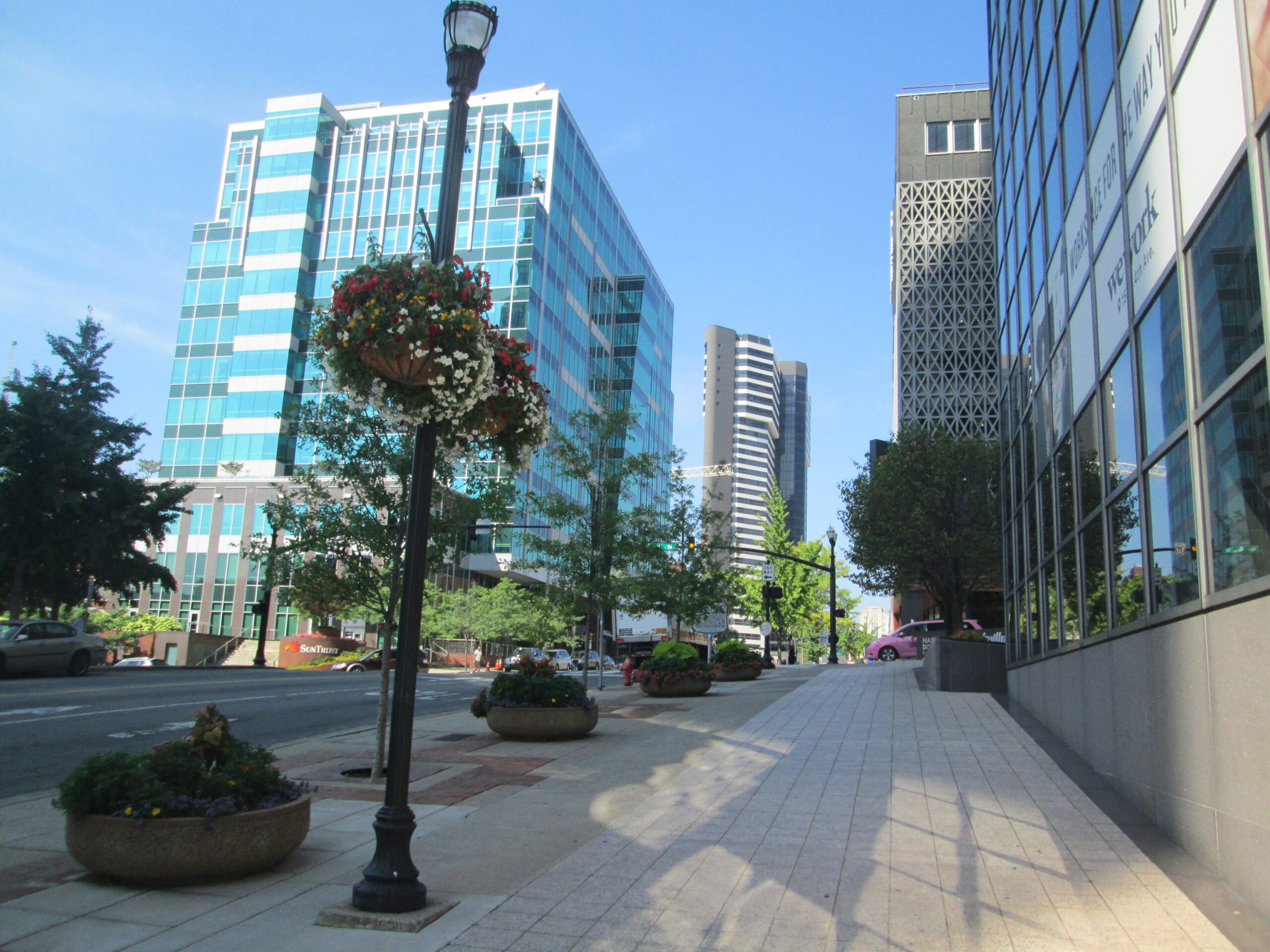

Bursting the Capex Bubble
Navigating Deferred Maintenance & CapEx Risk in Due Diligence
Investors have grown more comfortable with macro and regional market conditions—including interest rates, rent growth, and the balance of new supply. As investors re-enter the market, the focus has now shifted to property-level considerations, where physical risks and Capital Expenditure (CapEx) exposure are increasingly key factors in investment decisions.
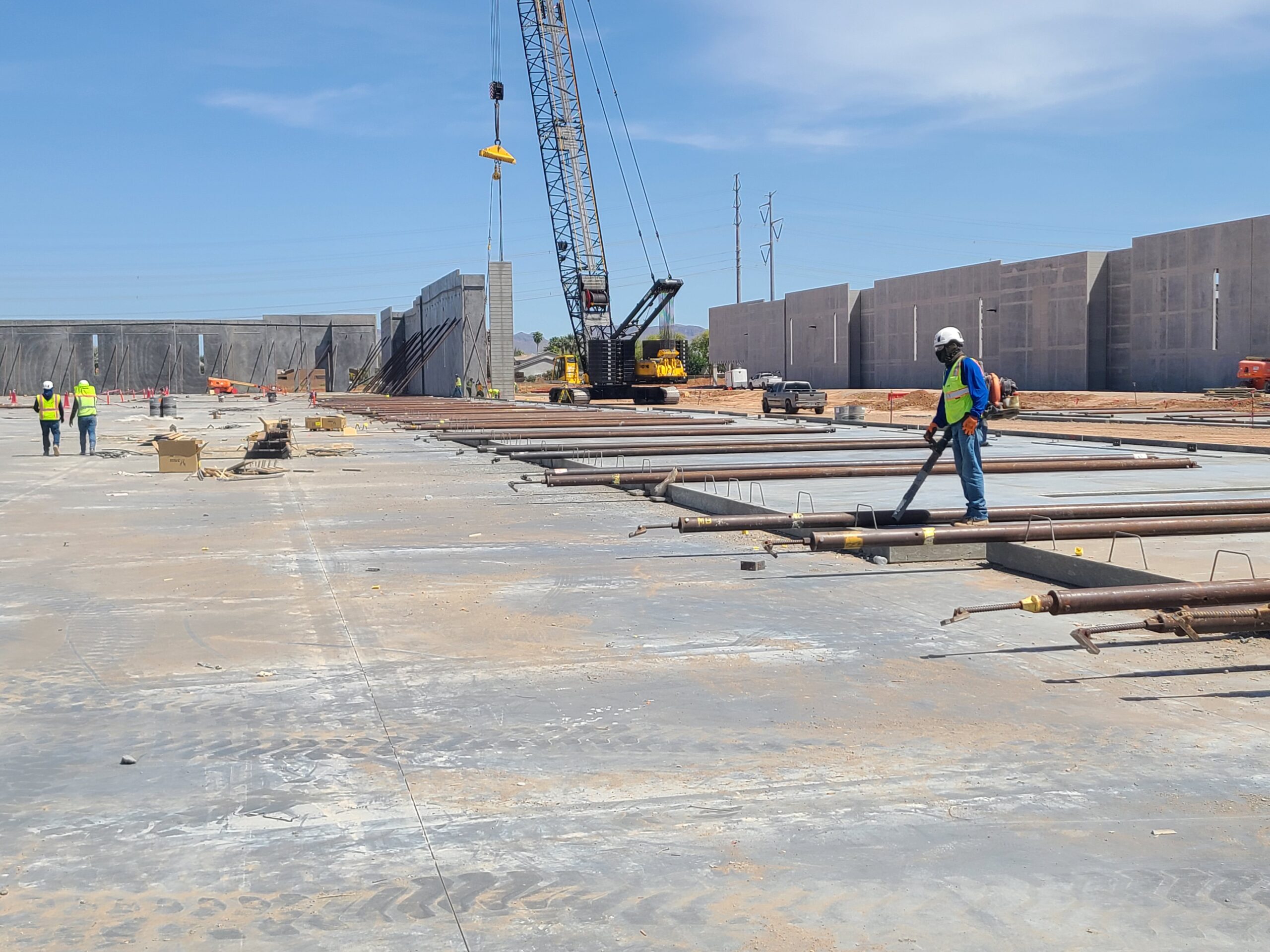

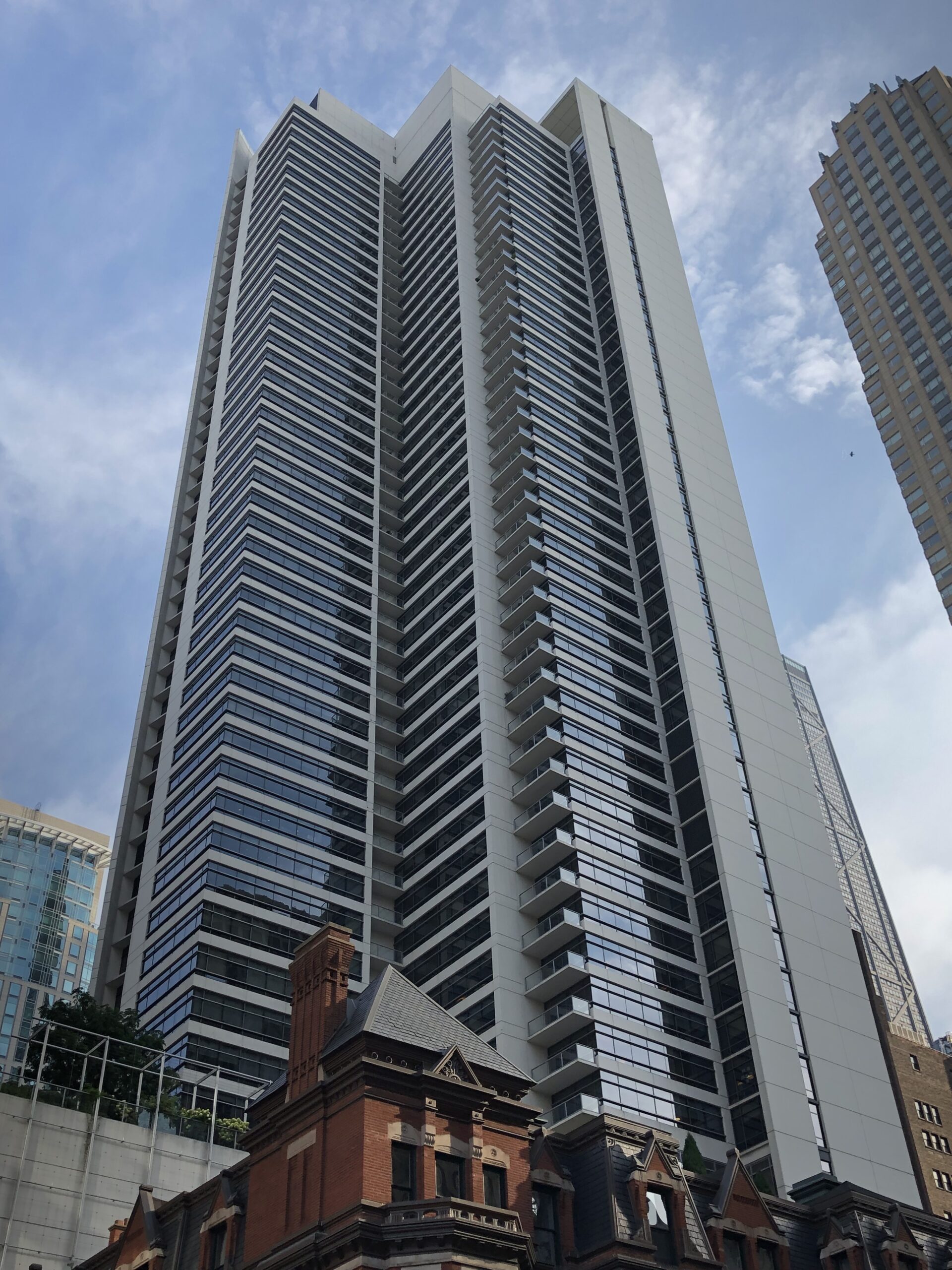
Asset Types Affected By Delayed CapEx and Deferred Maintenence
CapEx Investments have been delayed across the commercial real estate landscape for various reasons.
In the multifamily sector, delayed capital expenditures have become more common amid rising operating costs, elevated interest rates, expanded cap rates, and tighter access to financing. Owners are often postponing renovations, amenity upgrades, and system replacements to preserve cash flow, especially in markets facing softening rent growth or increased supply. While this strategy may provide short-term financial relief, prolonged deferrals can lead to tenant dissatisfaction, higher maintenance costs, increases in vacancy, and reduced property competitiveness over time.
Explore Multifamily Services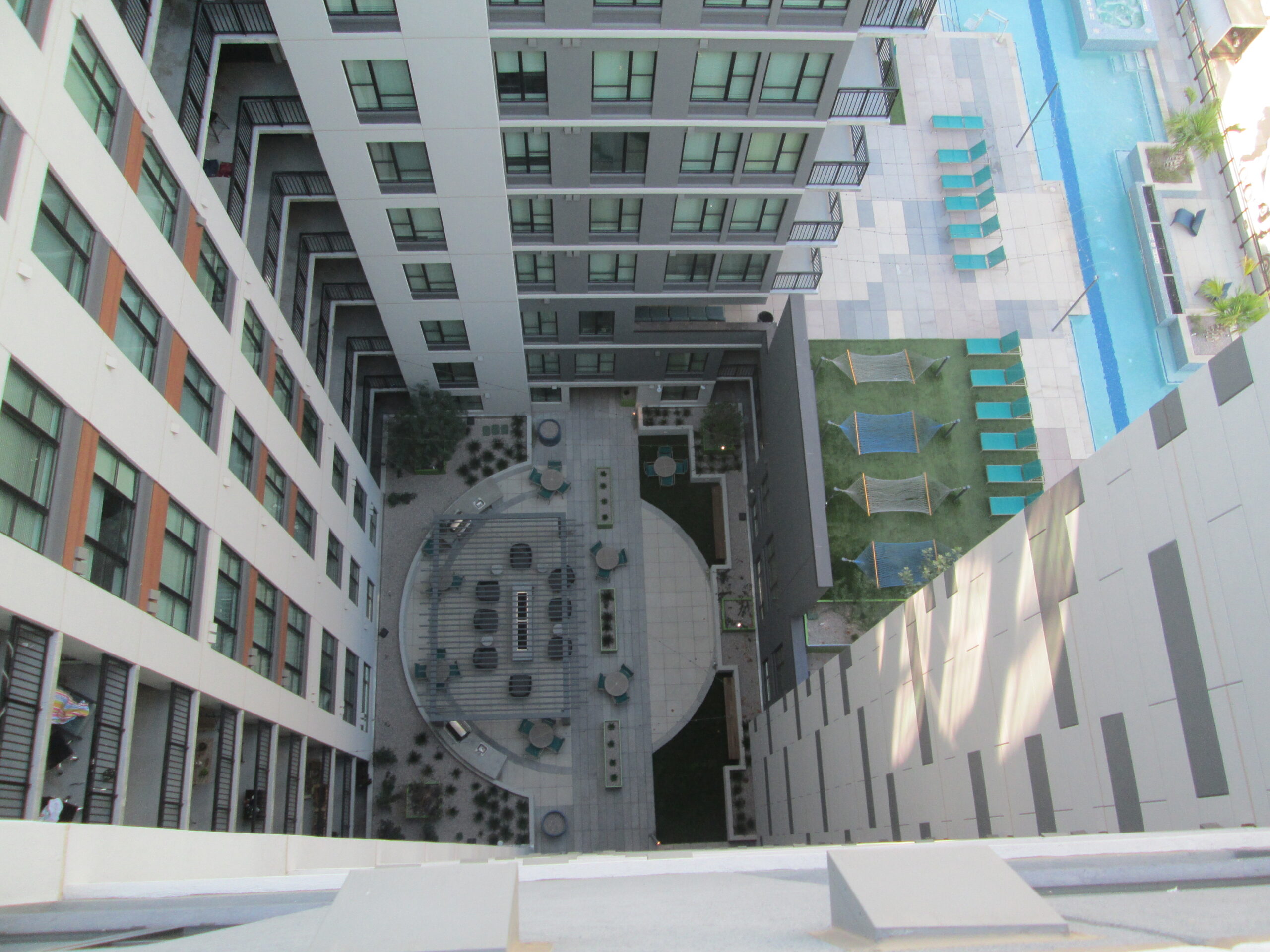
Delayed Capital Expenditures (CapEx) in the office sector have become increasingly common as landlords face economic uncertainty, high interest rates, and weakened tenant demand (especially in class B and C properties). Many owners are deferring investments in building systems, amenity upgrades, and repositioning strategies to preserve cash flow amid declining occupancy and softening rental rates. While this short-term approach may ease financial pressure, it risks accelerating long-term asset deterioration and reducing competitiveness in a market where tenants are prioritizing high-quality, amenity-rich workspaces.
Explore Office and Healthcare Services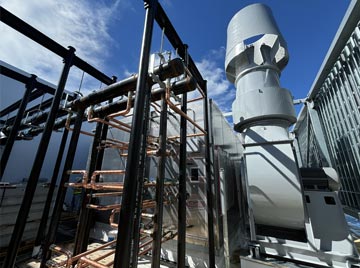
The hotel sector experienced widespread delayed CapEx following COVID-era travel restrictions, as operators prioritized liquidity during a period of unprecedented revenue loss. Property Improvement Plans (PIPs) were often deferred with brand approval, while high interest rates in the post-pandemic period further discouraged reinvestment. As a result, many assets now face a backlog of necessary renovations and upgrades, which could impact guest experience, brand compliance, and long-term asset value if not addressed in a timely manner. In an environment where hotel growth projections are flat to low for the foreseeable future, big injections of capital to cure PIP and deferred CapEx issues can be challenging to justify.
Explore Hotel Services
In the retail sector, delayed CapEx became widespread during and after the COVID-19 pandemic, as lockdowns and capacity restrictions drastically reduced foot traffic, tenant revenues. Many landlords deferred upgrades and repositioning efforts in response to tenant bankruptcies, store closings, lease restructurings, and uncertain cash flows. The number of store closures in 2020 was a record in recent years, and some are expecting that record to be surpassed in 2025. High interest rates in the recovery period have further constrained access to capital, making it difficult to justify major investments. Tenants struggling to perform in their core business tend to defer CapEx responsibilities under the terms of their leases. This delay has left some properties outdated or underutilized, potentially impacting leasing momentum and long-term asset performance. It also shifts Tenant CapEx responsibilities back the Landlord in the worst cases.
Explore Retail & Mixed Use Services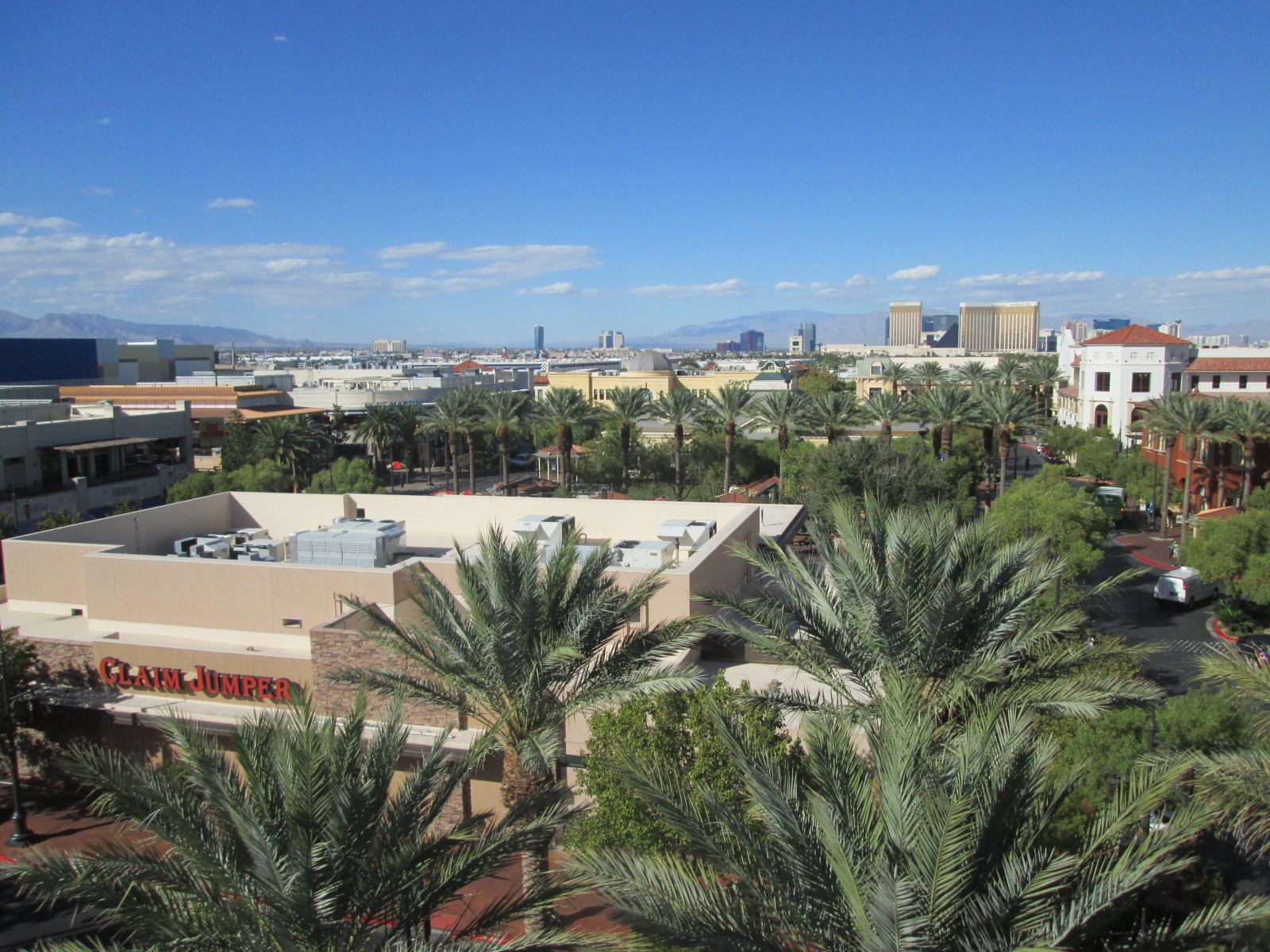
Asset Types Affected By Delayed CapEx and Deferred Maintenence
CapEx Investments have been delayed across the commercial real estate landscape for various reasons.

In the multifamily sector, delayed capital expenditures have become more common amid rising operating costs, elevated interest rates, expanded cap rates, and tighter access to financing. Owners are often postponing renovations, amenity upgrades, and system replacements to preserve cash flow, especially in markets facing softening rent growth or increased supply. While this strategy may provide short-term financial relief, prolonged deferrals can lead to tenant dissatisfaction, higher maintenance costs, increases in vacancy, and reduced property competitiveness over time.

Delayed Capital Expenditures (CapEx) in the office sector have become increasingly common as landlords face economic uncertainty, high interest rates, and weakened tenant demand (especially in class B and C properties). Many owners are deferring investments in building systems, amenity upgrades, and repositioning strategies to preserve cash flow amid declining occupancy and softening rental rates. While this short-term approach may ease financial pressure, it risks accelerating long-term asset deterioration and reducing competitiveness in a market where tenants are prioritizing high-quality, amenity-rich workspaces.

The hotel sector experienced widespread delayed CapEx following COVID-era travel restrictions, as operators prioritized liquidity during a period of unprecedented revenue loss. Property Improvement Plans (PIPs) were often deferred with brand approval, while high interest rates in the post-pandemic period further discouraged reinvestment. As a result, many assets now face a backlog of necessary renovations and upgrades, which could impact guest experience, brand compliance, and long-term asset value if not addressed in a timely manner. In an environment where hotel growth projections are flat to low for the foreseeable future, big injections of capital to cure PIP and deferred CapEx issues can be challenging to justify.

In the retail sector, delayed CapEx became widespread during and after the COVID-19 pandemic, as lockdowns and capacity restrictions drastically reduced foot traffic, tenant revenues. Many landlords deferred upgrades and repositioning efforts in response to tenant bankruptcies, store closings, lease restructurings, and uncertain cash flows. The number of store closures in 2020 was a record in recent years, and some are expecting that record to be surpassed in 2025. High interest rates in the recovery period have further constrained access to capital, making it difficult to justify major investments. Tenants struggling to perform in their core business tend to defer CapEx responsibilities under the terms of their leases. This delay has left some properties outdated or underutilized, potentially impacting leasing momentum and long-term asset performance. It also shifts Tenant CapEx responsibilities back the Landlord in the worst cases.

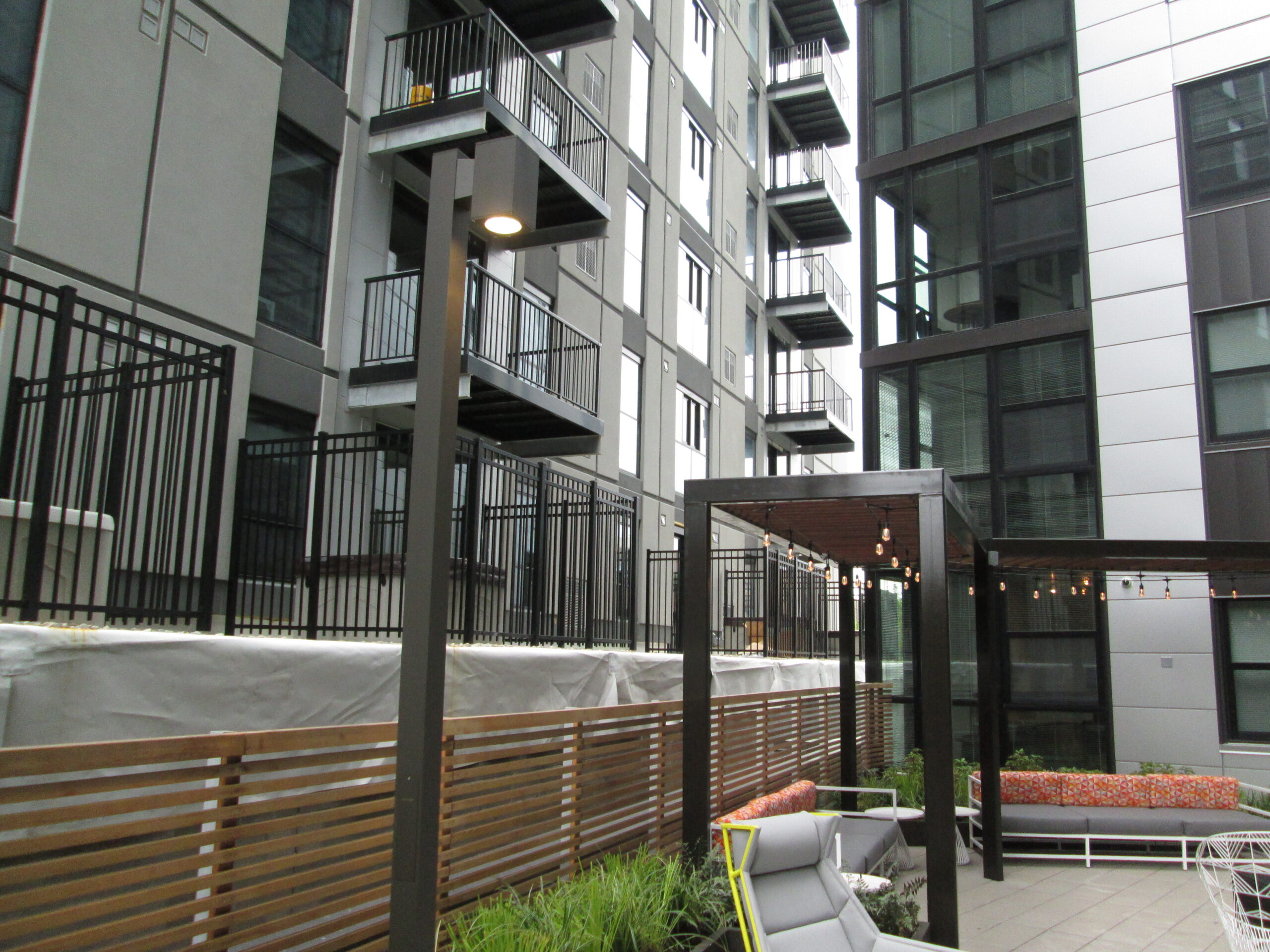
The “Capex Bubble” is not just a future risk—it’s a present due diligence challenge that requires deeper scrutiny and smarter forecasting.
From 2016 to 2020, favorable market conditions allowed many properties to coast without performing major capital improvements. Then, from 2021 to 2024, economic uncertainty, tighter budgets, and expensive construction capital made it difficult for owners to fund needed upgrades. The result? A significant backlog of deferred maintenance—particularly concentrated in properties built or renovated between 2005 and 2015—is now surfacing in due diligence processes.
This CapEx pressure is reshaping how managers, investors, and lenders approach risk, especially in deals involving aging systems that are hitting the end of their useful lives all at once.
Key Considerations
Risk of Coincident Failure & Replacement
Properties built 2005–2015 are now in double-digit ages. Deferred maintenance often clusters across systems—when multiple components simultaneously fail, replacement costs escalate significantly. Underwriters must revise lifetime capital forecasts accordingly.
Pressure on Underwriting Metrics
Underwriters typically model capex as a fixed percentage of revenue or NOI, which can dramatically underestimate real costs. In current markets, many models assume 3–5% of income for CapEx—but deeper backlogs can easily double that. Incorrect assumptions erode DSCR, NOI, and loan-to-value ratios.
Looking Ahead: Post-2025 Outlook
Ongoing data indicates construction slowdowns will begin easing in late 2025 . Rent growth may follow as supply aligns with demand. Yet, for assets built in 2010–2015, CapEx risk doesn’t fade—if anything, it intensifies. Smart due diligence now can: Identify properties with manageable backlogs; Forecast capex phases realistically; Protect value through covenants or reserves.
Conclusion
The “Capex Bubble of 2025” is a real, measurable risk arising from delayed investments in building systems during 2016–2024. Properties—especially those built or last remodeled in 2010–2015—represent concentrated exposure to deferred maintenance. Grounded due diligence is an essential tool for navigating this capex challenge. As a PCA firm, our role is more critical than ever in surfacing these hidden risks and preserving value for stakeholders.
 David Jones - Director of Real Estate Services
David Jones - Director of Real Estate Services "Grounded due diligence is an essential tool for navigating this capex challenge."
Property-Level Services
Property Condition Assessments by experienced professionals with a broad knowledge of all building systems. Our assessments are defined by:
- Timely execution for due diligence schedules.
- Thorough field engineering and document analysis.
- Detailed and reliable opinions of cost.
- Comprehensive reporting and photographs.
Development consulting services rooted in engineering & architectural principles; with services that span the project lifecycle:
- Site & Development Feasibility Analysis
- Comprehensive Document and Design Review.
- Construction Monitoring, Oversight, and Draw Review.
- Close-Out Reporting and Warranty Inspections
As consulting engineers and architects, we apply the appropriate disciplines necessary to assess, design, and restore or enhance owned-assets and building systems. This includes:
- Planned Capital Projects
- Tenant Improvements
- Emergency Repairs & Insurance Claim Oversight
- Sustainability & Resilience & Building Optimization projects.
Seasoned engineers and architects with experience addressing unique challenges and specialized building systems and an institutional network of established specialty subconsultants for every building system and assessment type.
- Assessments for all building systems.
- Actionable recommendations.
- Extensive and high quality specialist network.
Sustainability, risk, and resilience assessments integrated with our development consulting, asset management, and property condition assessment services. This approach enables stakeholders to explore sustainable and risk-adverse initiatives during investment evaluations and during capital project assessments. This includes:
- Sustainability and efficiency assessments for acquisitions, developments, and owned assets.
- Climate Risk & Resilience assessments for asset managers, risk managers and ESG+R leadership.
Real Estate Lifecycle Services
Our experience throughout the lifecycle of thousands of real estate assets allows us to better serve our clients; providing actionable consulting services that result in real value for investors and operators.
Acquisition
Assessments and due diligence for acquisitions.
Asset Management
Capital assessments & planning, project oversight, and other services for owned assets.
Disposition & Recapitalization
Assessments to understand risks and condition of assets, prior to disposition or recapitalization.
Development Due Diligence
Construction drawing, document, budget review and other services for development projects.
Construction Oversight
Oversight of quality, schedule, payments, budgets, and contract procedures.
Request a Proposal
Discover the Impact of Our Work
Browse Our Website to Understand How Our Expertise Translates into Successful Outcomes for Our Clients.
Explore Now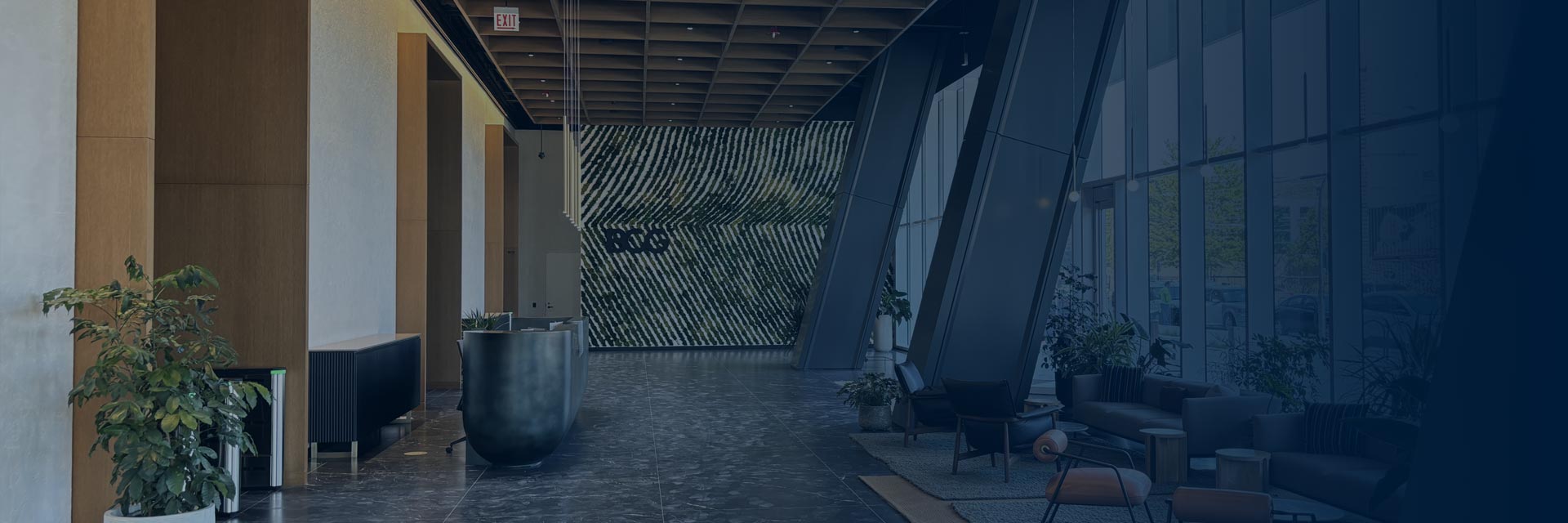

Discover the Impact of Our Work
Browse Our Website to Understand How Our Expertise Translates into Successful Outcomes for Our Clients.
Explore Now